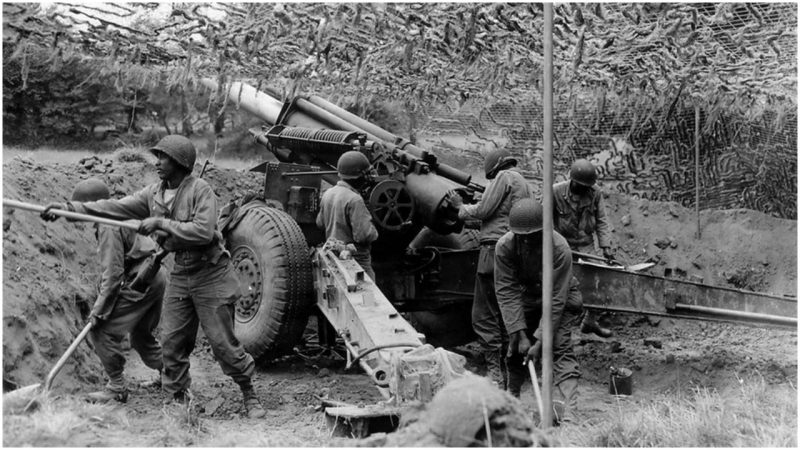As the German onslaught grew more truculent, the Battle of the Bulge came to feature a myriad of dramas with many heroic and villainous actions.
The number of deaths and injuries were climbing fast, and the weather was worsening, but the resolve of the German forces remained as strong as ever. It was their last-ditch attempt to tear through the Allied lines.
This intense battle incorporated the infamous war crime known as the Malmedy Massacre in which over 80 U.S soldiers and Belgian prisoners were slaughtered by Colonel Joachim Peiper’s men of the 1st SS Panzer Division.
By the end of the war, the U.S Authorities were on a dogged manhunt for the perpetrators of the Malmedy Massacre. However, there was a much more brutal killing that occurred that same day but which received very little attention: the death of 11 black U.S. Soldiers.
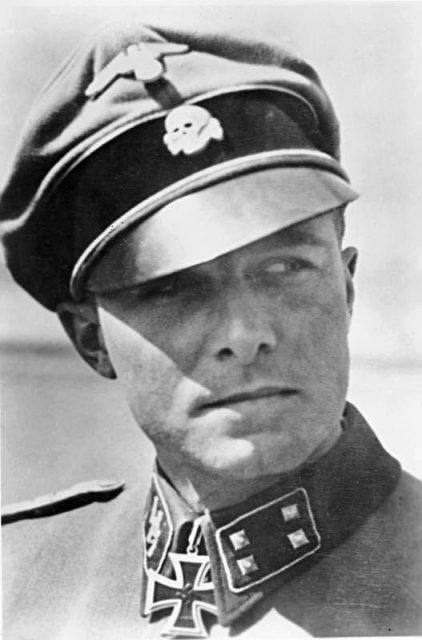
During the Battle of the Bulge, the German forces struck the Western Allies through the densely forested Ardennes along a 50-mile front.
The American troops, including the high command, were astounded and at a loss as to how best to handle the situation. Their major objective would be to hold their lines for as long as possible while awaiting help.
The rather inexperienced 106th Division was supported by the 333rd Field Artillery Battalion, a segregated army unit of Afro-American soldiers.
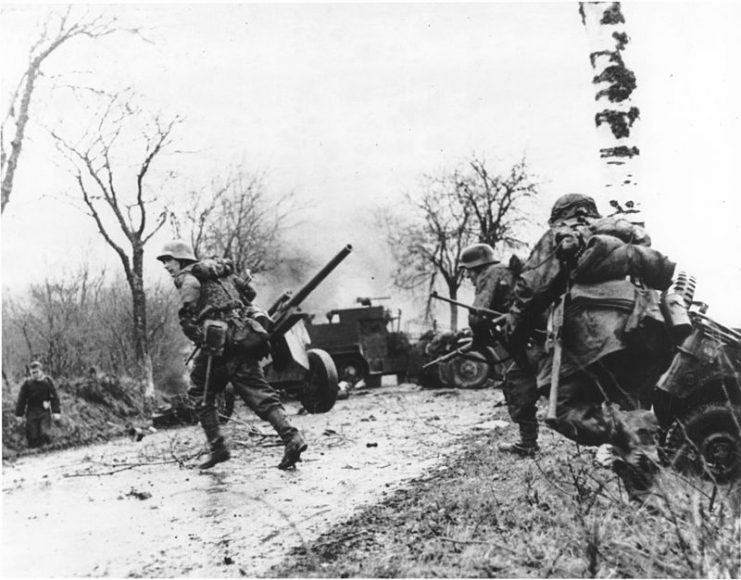
Combat experience was one key strength that made the 333rd stand out. They had been in combat all summer following their arrival on Utah Beach on July 19, 1944, and had taken part in several other battles in France including the battle of Rennes, La Haye-du-Puits, Saint-Malo, and the ferocious six-week battle of Brest.
However, for all their combat experiences and tactical advantage, the 333rd FA battalion was overrun by the surging Nazis.
Only a few managed to escape the brutality of the Germans. Among the survivors was a group of 11 men of the 33rd FA battalion.
Soaked from the rain that had poured all day, they tramped among the trees and through the deep snow, hoping to find and unite with their comrades. They had only two rifles among them.
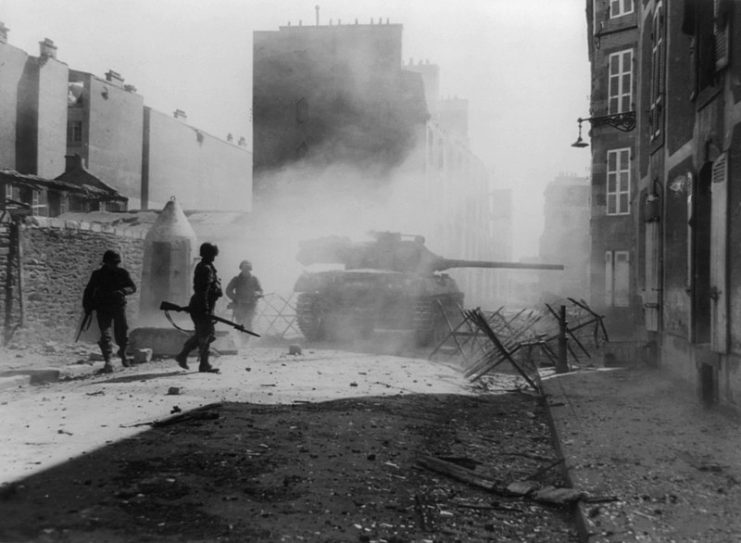
After about six hours of walking non-stop, darkness was approaching. Fatigue and hunger were taking their toll. The soldiers had no choice but to hope that the civilians in the tiny Belgian village they had come to would help them.
The small farming village they had arrived at was called Wereth. The men came to the home of Mathias and Maria Langer, who were Allied supporters.
The couple took the soldiers into their home, offering them cups of hot coffee and bread. For a moment, they felt safe. But that night would turn out to be their last.
Not long after they had been received by the Langers, a patrol from the 1st SS pulled up outside. Clearly, an informant had spotted the unit and called the Nazis on them.
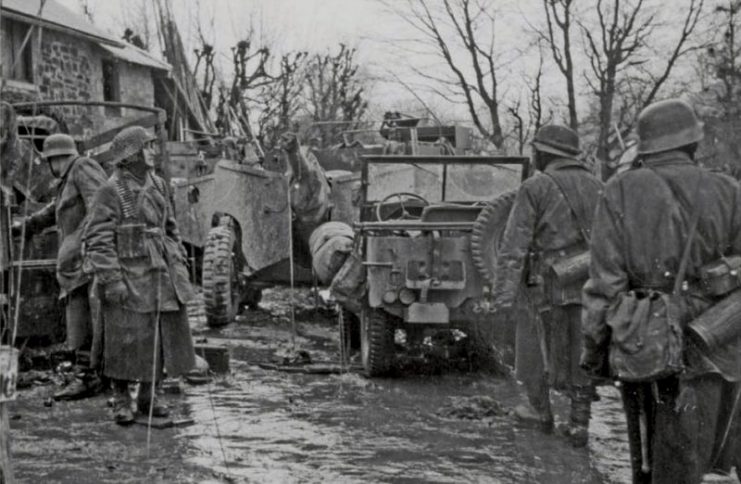
Knowing there was no other option, the 11 soldiers peacefully surrendered, walking out of the building with their hands in the air.
Mathias and his family looked on in dismay as the soldiers were led out of the village. They were lucky: they had gone unpunished even though it was glaringly obvious that they had willingly harbored German enemies.
Nobody would know what fate had befallen the 11 soldiers until the early days of February 1945.
As winter came to an end, the snow began to recede. Mathias and his family were on their way to church when they saw frozen hands sticking out of the snow.
They quickly realized that this place, not far from their home, had been the burial ground of the 11 soldiers they harbored a few months ago.
When a patrol from the 99th Division came to the scene, what they saw was unimaginably horrific.
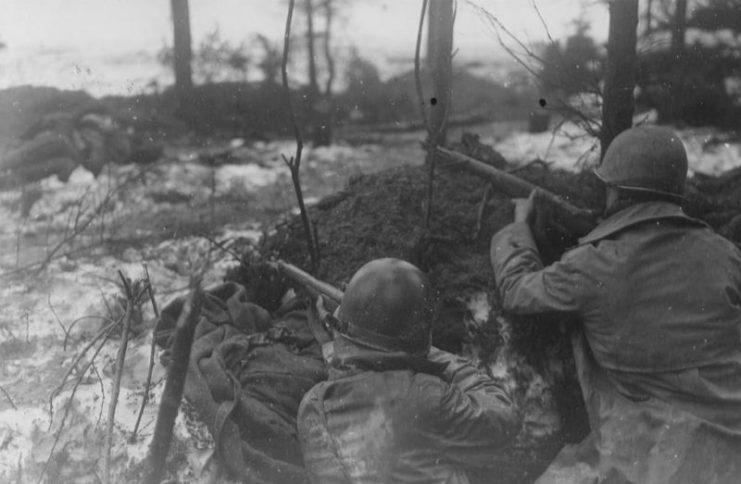
Apart from being shot, the skulls of the soldiers had been smashed by what appeared to be rifle butts, their fingers were severed, their legs were broken, and they had bayonet wounds all over their bodies.
This was a very intense sight for U.S Army photographers. The “Wereth 11” as they came to be called had not merely been executed by their SS captors but had been tortured beforehand.
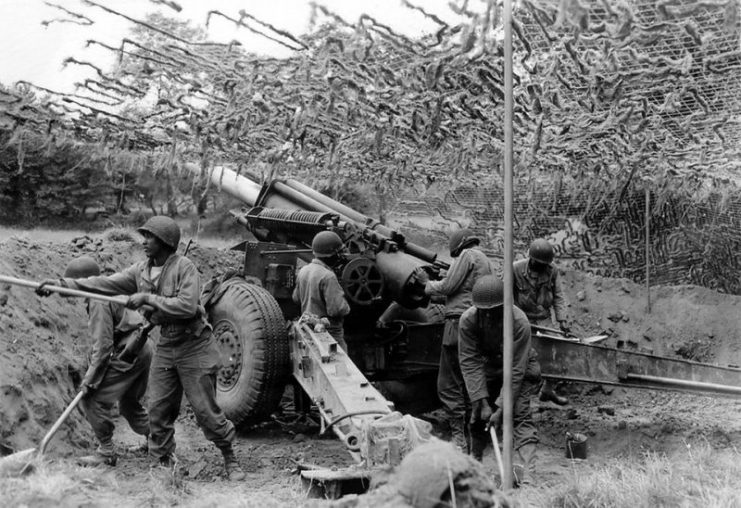
There were many questions asked concerning this event. Several people believed that there was racism involved considering the level of torture the Wereth 11 endured and the fact that they were all people of color.
Another group argued that, with reference to the Malmedy Massacre, it was possible that the Germans simply couldn’t take any more prisoners.
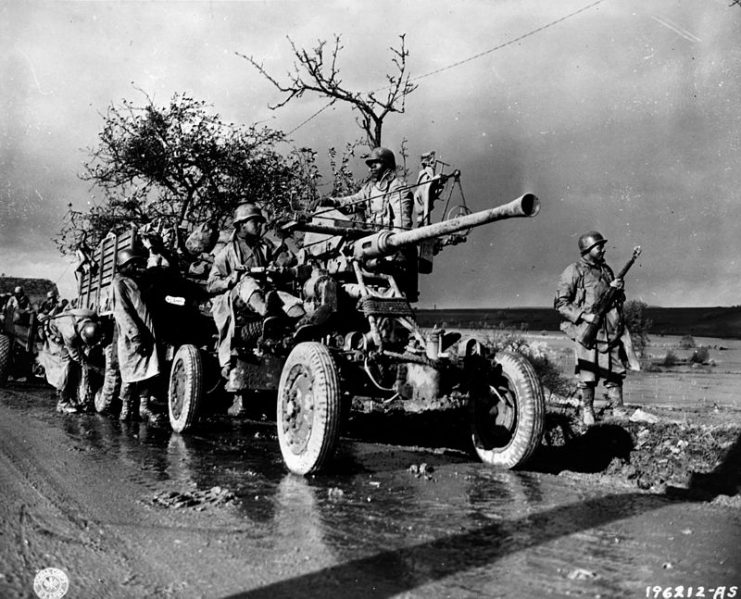
After the war, the Malmedy Massacre was promptly investigated. But for some reason, the whole process was said to be shrouded in a haze of politics.
There was only a short-lived investigation into the slaughter of the Wereth 11. The tragedy of the Wereth 11 went largely untold.
The families of the soldiers back in the U.S. were simply informed in letters that their loved ones had died in combat.
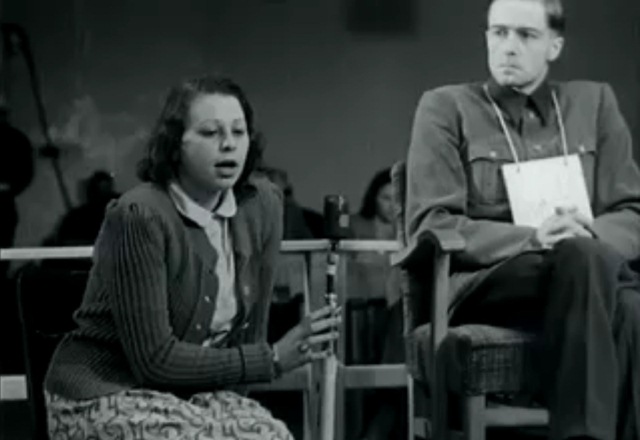
The whole incident might have been lost to memory if not for Herman Langer. Herman was the son of Mathias and Maria and had been only 12 years old at the time that the soldiers stayed with them.
Nearly 50 years after the incident, Herman placed a cross at the spot that was the death ground of the Wereth 11. Through this small act of compassion, the world slowly came to know about the Wereth 11.
The field was bought by Norman Lichtenfeld and others. On May 23, 2004, an official memorial was built in honor of the fallen soldiers.
In 2006, a memorial was also built in their honor at the Winchendon Veteran’s Cemetery, Massachusetts.
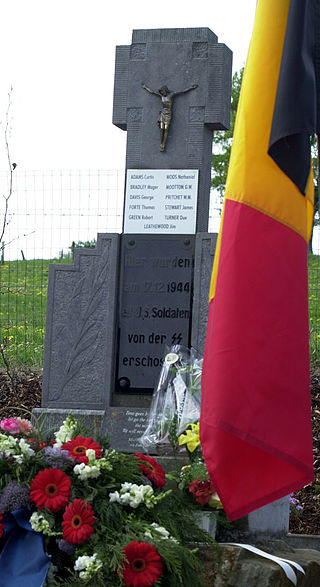
They were each posthumously decorated with the Purple Heart award for their service and sacrifice.
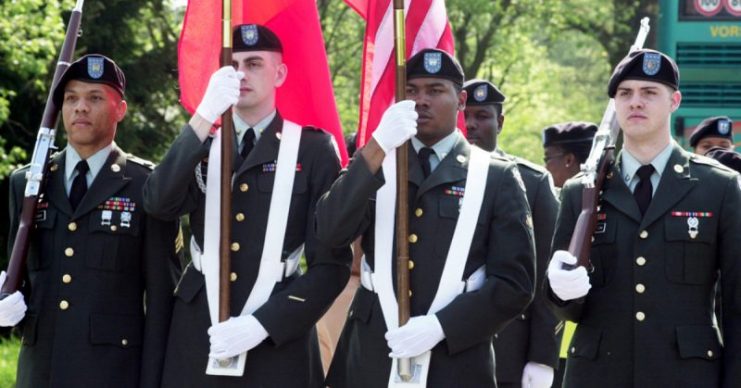
Below are the names of the Wereth 11:
Private First Class George W. Moten and Private Nathanial Moss from Texas
Private Curtis Adams from South Carolina
Private Robert Green from Georgia
Corporal Mager Bradley and Private First Class James Leatherwood from Mississippi
Tech Sergeant William Edward Pritchett and Private First Class George Davis from Alabama
Private First Class Due W. Turner from Arkansas
Tech Sergeant James Aubrey Stewart from West Virginia
Staff Sergeant Thomas J. Forte from Louisiana
After several decades of negligence, the sacrifice of the Wereth 11 was finally recognized.
